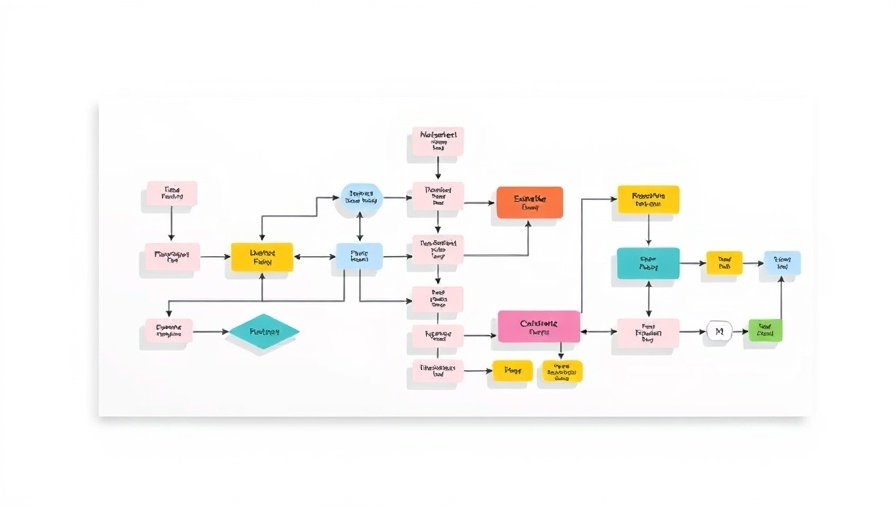
Unlocking the Power of AI: New Open Models in Vertex AI
The recent launch of new open models in the Vertex AI Model Garden, including the much-anticipated DeepSeek R1, signifies a pivotal moment for businesses and developers venturing into artificial intelligence (AI) and machine learning (ML). With an expanding catalog of these models as part of its Model-as-a-Service (MaaS) offerings, Google is reinforcing its commitment to an open AI ecosystem.
Why Open Models Matter for Businesses
In today's digital landscape, flexibility and choice are paramount. Businesses are continuously searching for AI solutions that can adapt to their specific needs. The introduction of DeepSeek R1 provides such an option, allowing companies to select a model that aligns perfectly with their unique applications. This open approach ensures a diverse range of powerful tools is at their fingertips, optimizing innovation while minimizing time and resource expenditures.
Challenges of Deploying Large-Scale AI Models
However, deploying sophisticated models like DeepSeek R1 brings inherent challenges. The infrastructure required for running such advanced AI models often includes high-end GPUs, which can be resource-intensive and costly. According to Google, DeepSeek R1 necessitates a setup of eight H200 GPUs for effective inference, thus placing a significant operational burden on organizations. These financial and logistical hurdles can detract from the core focus of application development and innovation.
Streamlining AI with Managed Services
Google's Vertex AI and its MaaS offering aim to dissolve these complexities. By providing manageability through fully operational serverless APIs, organizations can sidestep the arduous task of infrastructure management. This flexibility allows developers to concentrate on building their applications, as they no longer need to worry about GPU procurement or technical bottlenecks.
With a secure platform that guarantees data privacy and compliance, businesses can leverage a cost-effective, pay-as-you-go pricing model tailored to their growth.
A Step-by-Step Guide to Getting Started
For teams looking to harness the power of DeepSeek R1, Google provides a straightforward guide:
- Enable the DeepSeek API Service: Find the DeepSeek API Service in the Vertex AI Model Garden and enable it to start accessing the model.
- Try the Model via the UI: Use the sidebar options to interact with the model directly through the user interface.
- Integrate via API: For developers, the REST API or OpenAI Python API Client Library can be used for seamless integration, with an emphasis on data security as the endpoint lacks outbound internet access.
Conclusion: The Future of AI Development
The arrival of more flexible open models into the Vertex AI Model Garden is not just about the models themselves; it's about what they signify for the future of AI development. As businesses look to leverage machine learning and artificial intelligence for competitive advantages, tools like DeepSeek R1 represent significant potential — lessening the burden of deployment and opening new avenues for creativity and innovation.
As the AI landscape advances, staying updated on these resources can empower organizations to lead in the tech race, transforming complex ideas into practical, impactful solutions.
 Add Row
Add Row  Add
Add 




Write A Comment